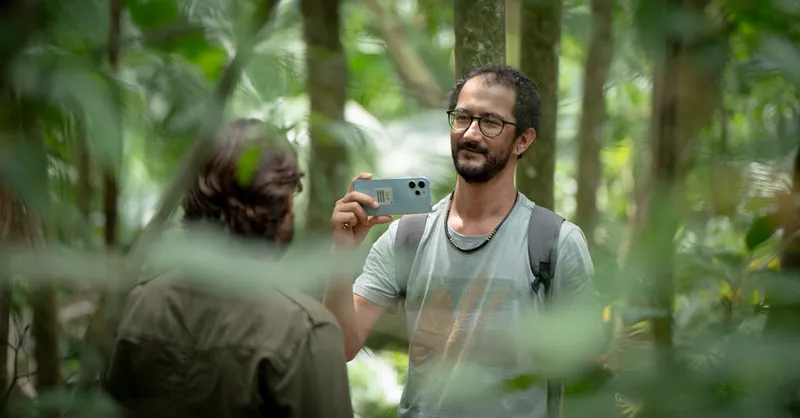Data-driven journalism in the Amazon
InfoAmazonia investigative reporter Fábio Bispo has spent years building up a network of sources that help him stay tuned into what’s happening across the Amazon. When a local source tipped him off that representatives from large corporations were meeting with indigenous people to get signatures on contracts that gave the companies the rights to sell carbon credits on Amazon land, he sensed that something was wrong.
Bispo wanted to show how companies were misleading indigenous communities in the Amazon to give up the exploration of their forested areas.
“When they signed these documents they were giving up the exploration of their forest areas in contracts worth 30, 40, and up to 50 years, so that these companies could exclusively explore carbon credit there without them knowing it,” says Bispo. “I spent 10 months investigating, and one case led to another. Almost all of them showed signs of violations of the rights of indigenous peoples.”








